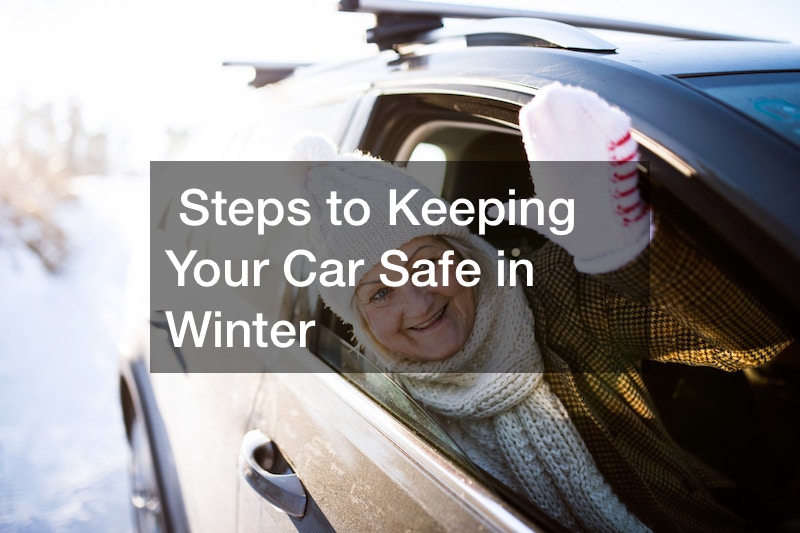The storm has gone.
It is possible that your daily life could be safe, but your car might be harmed by the harsh winter weather. This could cost you thousands of dollars to fix. There is a chance that you will be trapped in traffic for hours until you know that the storm has gone.
4. Stay a Safe Distance From Other Vehicles
No matter what season the weather is, you should drive in a manner that protects you from motorists. The NHTSA says that tailgating that is keeping a close eye on the driver behind, accounts for 32% percent of motor vehicle collisions. In winter, you must keep your away from any other motorcyclists.
In the winter, icy conditions could make it harder to keep your car safe in winter. Braking takes longer and your tires are prone to slip or slide even when winterized. Therefore, if you’re operating at a high speed, rear-end collisions are more likely to happen. The importance of visibility is that it helps make you and your vehicle more secure to drive at slower speeds and with a safe distance away from other drivers.
5. Beware of Getting Out of the Car Unnecessarily
The Center for Disease Control regards winter as the deadliest season. As summer heat waves land patients in emergency rooms, winter presents special dangers for people all over the world. Time Magazine reports that 63% of those who die due to weather-related causes die from at risk of being hypothermic or being exposed to extreme cold.
This is how it relates to your car. If you don’t have anywhere to go, gas as well as power may save your life. If the weather becomes particularly difficult or you become stuck, you should remain in your vehicle unless you’re certain that someone will be nearby to help you.
6. Make a Plan for Your Trip
The best tool is preparedness to defend yourself against winter’s hazards. Plan your journey in the most clear times by following forecasts for weather.
5frblekgok.
